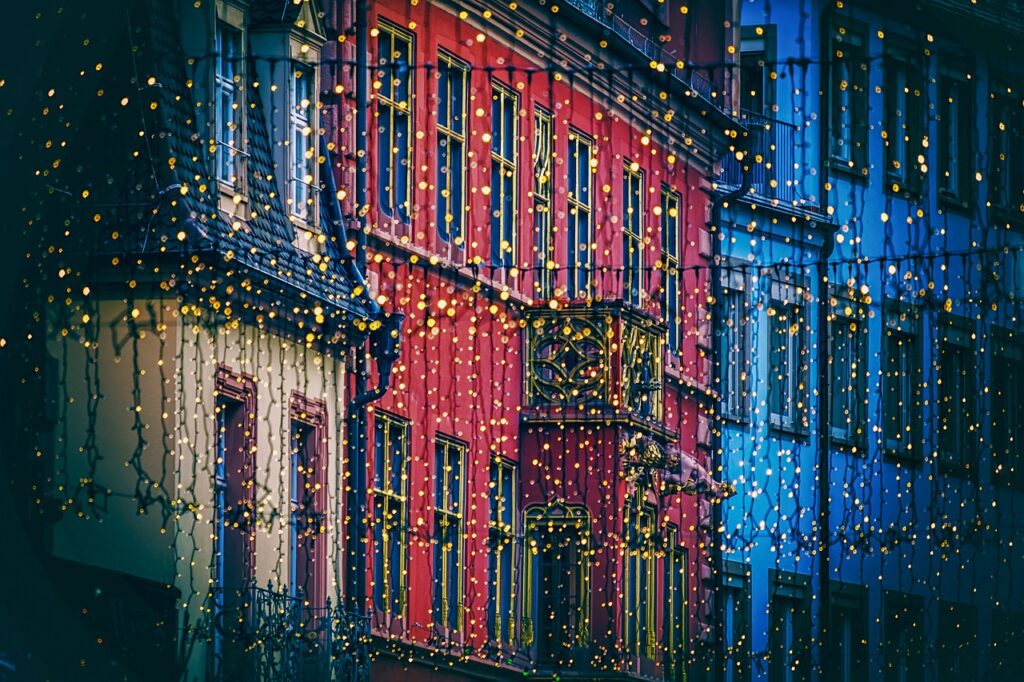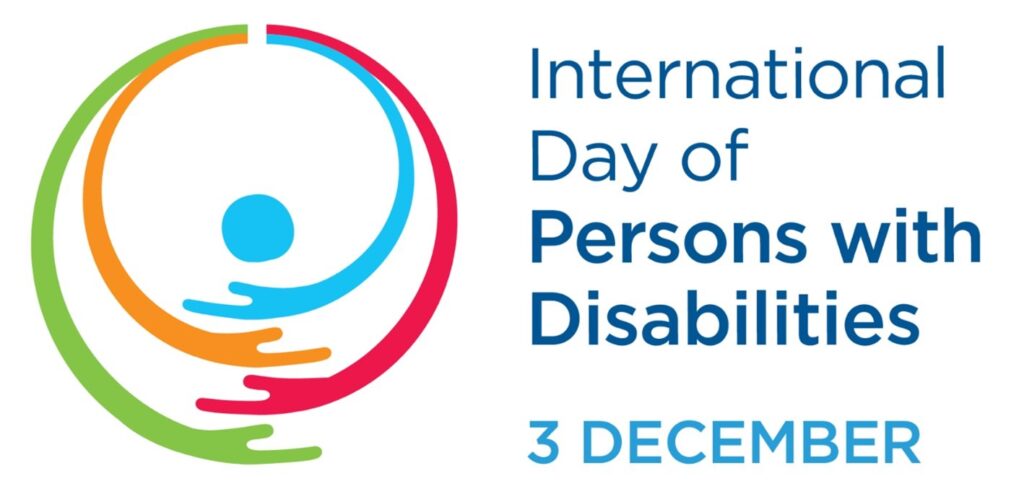
Many have given up listening to the news. They are overwhelmed by the darkness and despair reported about horrific crimes, natural disasters, dismal economic forecasts, and global health crises. But Christmas is a time when people look for a break from the darkness. They pause from their routines and hope for a season of love, peace and joy.
People go to great lengths to decorate, buy the perfect gifts, and be together with family and friends. Robert and I are no exception. We have driven hundreds of miles and flown thousands of miles to be with family at Christmas.
Want to subscribe to receive blog updates sign up today!
For Christmas 1983 we treasured the time with Robert’s relatives in Munster, Indiana despite the December 25th headline in the Chicago Tribune: “25 below! It’s misery.” Three years later we loved the time with my family in a summer and sandy Christmas gathering at the beach in Whangamata, New Zealand.
There are many traditions associated with Christmas, but central to the celebration are the lights that sparkle in candles, Christmas trees, and houses lit up with strings of Christmas lights. The lights take away the darkness and brighten our spirits. We sing carols that proclaim the light Jesus birth brought to the world. For example, the third verse of Silent Night describes Jesus as “Son of God, love’s pure light.” Even more precious are Jesus own words:
“I am the light of the world. If you follow me, you won’t have to walk in darkness, because you will have the light that leads to life.” John 8:12
Cancel culture has tried to rob us of the true meaning of Christmas. It offers the glitz without being plugged into the source of the light. We need to debunk this lie and freely declare that Christmas is a celebration of the birth of Jesus. Immanuel, God with us, is the greatest gift of all.
“For God was in Christ, reconciling the world to himself, no longer counting people’s sins against them. And he gave us this wonderful message of reconciliation.” 2 Corinthians 5:19.
And there’s more good news. The light that Jesus brought to the world is not limited to Christmas day. It shines every day of the year. And those who follow Jesus are appointed to beam as His lights.
“You are the light of the world—like a city on a hilltop that cannot be hidden. No one lights a lamp and then puts it under a basket. Instead, a lamp is placed on a stand, where it gives light to everyone in the house. In the same way, let your good deeds shine out for all to see, so that everyone will praise your heavenly Father.” Matthew 5:14-16.
So as we celebrate Christmas this year, let us bask in Jesus light and share it with all who are willing to listen.
Note
Photo credit: Image by Couleur from Pixabay
This post was first published on December 20, 2021 on Angela Muir Van Etten’s blog at https://angelamuirvanetten.com/christmas-lights/
You may also want to read:
Good News Brings Joy. December 25, 2023. https://angelamuirvanetten.com/good-news-brings-joy/
Poinsettias and Christmas. December 12, 2022. https://angelamuirvanetten.com/poinsettias-and-christmas/
Finding Joy at Christmas. December 21, 2020. https://angelamuirvanetten.com/finding-joy-at-christmas/

